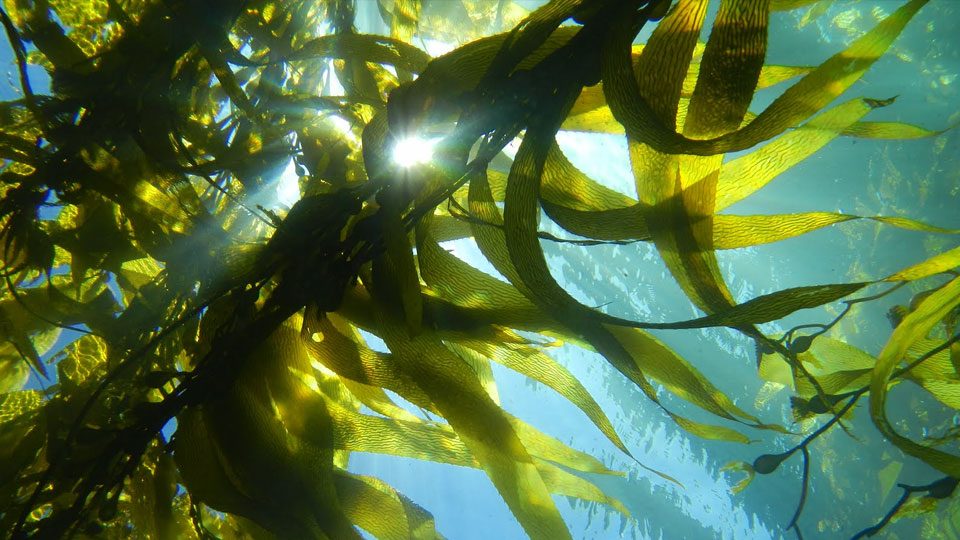
Exhibition time: 17-19 March, 2026 Shanghai, China
 中文
中文

Exhibition time: 17-19 March, 2026 Shanghai, China
 中文
中文

Key words of the passage: seaweed fertilizer; definition; advantage
Seaweed fertilizer are products that are derived from marine algae and are approved for organic use. These are natural soil amendments made from sustainable sources. Specifically, brown alga species of Ascophyllum, Ecklonia (kelp) and Fucus are most frequently found in fertilizers. The two most common seaweed fertilizers are kelp meal and “liquid seaweed fertilizer”. Unlike chemical fertilizers, natural seaweed fertilizers contain high amounts of micronutrients, minerals and other organic matter that promotes healthier plants. Using seaweed in your garden is a great way to promote plant vigor, produce more abundant fruits and vegetables, all while improving soil quality through the support of beneficial microorganisms.
The many benefits of using seaweed products in agriculture have been widely studied and documented. High quality seaweed fertilizers are best known as a source of micronutrients. Out of the seven micronutrients [boron (B), chlorine (Cl), copper(Cu), iron (Fe), manganese (Mn), Molybdenum (Mo) and Zinc (Zn)], seaweed extracts (mainly derived from the brown alga Asophyllum nodousm) can especially boost zinc and manganese supply to plants and shore up plants’ defence against stressors.
Cold soil temperatures in the spring are a big constraint for gardeners in temperate climates around the world. Cold temperatures can stunt the growth of plants by inhibiting their root development. Studies have shown that micronutrients have the potential to help tender seedlings during their early growth period. The addition of micronutrients can promote root growth, both in density and length, to set the plant up for success the rest of the season. Micronutrients can also be deficient in soils that have poor draining, poor structure or have pH that’s too high or low. If this is the case for your soil, you might want to condition the soil by adding some seaweed fertilizer.
Next passage will tell you how to use seaweed fertilizers and the tips of DIY seaweed fertilizer. Please pay more attention to our website.
Source: EPIC GARDENING
